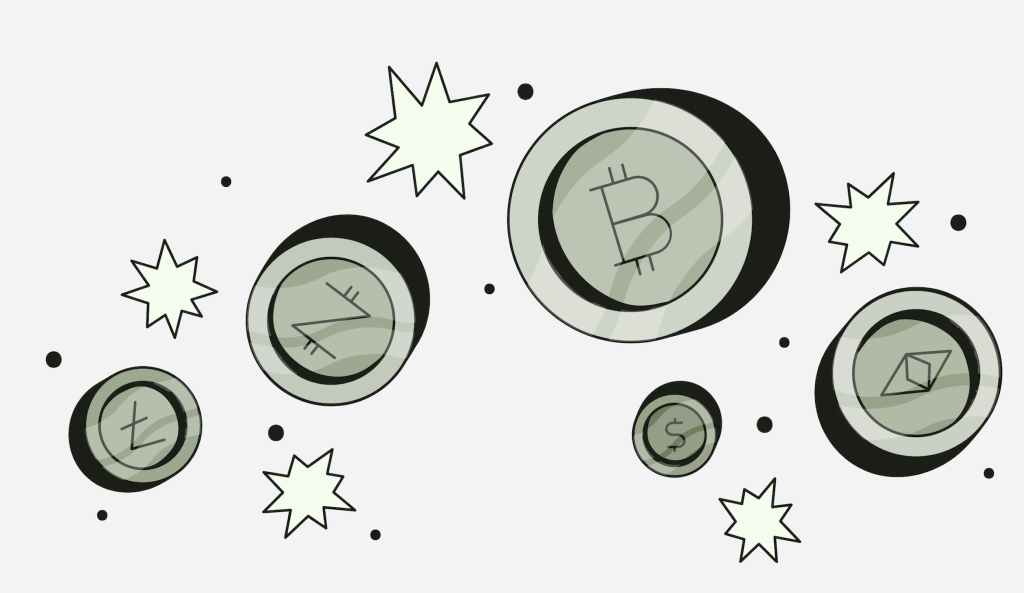Axie Infinity’s Ronin Blockchain overhauls tech, expands to new game studios a year after $625 million hack
Last week marked the one-year anniversary of the Ronin network hack, when the blockchain powering the NFT-based video game Axie Infinity was exploited for a record $625 million. This attack – which US authorities traced to North Korea’s Lazarus hacking group – remains the largest ever hack of a blockchain network in terms of value stolen.
Now, almost exactly a year to the day after the Ronin hack made mainstream headlines, Sky Mavis, the company behind Axie Infinity, says it is overhauling Ronin’s core systems to make the network more decentralized and less vulnerable to those kinds of single points with errors. who ruled it last year. Along with the upgrade, Sky Mavis says it has partnered with other game development studios to expand the Axie universe and expand Ronin into new blockchain-based video games.
A year after the attack, “I think we look at the incident as a badge of honor,” Sky Mavis founder Jeff Zirlin told CoinDesk. “We’ve seen so many projects crumble under adversity this year, so we’re very proud to be here building.”
Axie Infinity was among the first “play-to-earn” web3 games, allowing players to earn crypto and trade in-game items via blockchain. According to Sky Mavis, the game has earned $1.3 billion in revenue since its launch in 2018.
Axie Infinity initially resided on Ethereum, but the chain’s relatively high fees and slowness presented challenges to Axie’s growth and availability. These problems were the initial driving force behind Ronin – a faster, cheaper “sidechain” that can exchange assets with Ethereum, but has its own app ecosystem and security apparatus.
Ronin’s upgrade will change the consensus mechanism used to power the network – transitioning the chain from ‘proof-of-authority’ to ‘delegated proof-of-stake’.
Under the old system, the Ronin network was secured by a small group of units handpicked by Sky Mavis. The small group tasked with securing Ronin in its early days is partly to blame for leaving it vulnerable to attack last year.
The new system will allow users to “stake” some of Ronin’s RON tokens to earn interest and help curate the set of validators that run the network. “Now anyone with a minimum of 250k RON can become a validator and take part in block production,” Sky Mavis said in a statement. “At the same time, any RON holder can stake their tokens and participate in validator selection.”
RON was trading at $1.12 at press time, according to CoinGecko, meaning one would need a minimum of over $250,000 to be eligible to become a validator.
The Ronin upgrade comes as a new class of Ethereum scaling chains, called Layer 2 rollups, aims to address some of the same goals that the gaming-focused Ronin chain initially set out to achieve: lower fees and faster transactions. Some of these chains specifically target gaming as a potential application.
What’s more, these networks have systems that will eventually allow them to borrow Ethereum’s native security – meaning they won’t rely on the kind of cross-chain bridging technology that was targeted in last year’s Ronin hack.
Ronin’s builders say it will be a while before a game as big as Axie Infinity can safely shift to one of these more cutting-edge scaling chains. “They are the innovators in doing the work that will get us to a more decentralized and scalable future,” Zirlin said. “But there is still work to be done. It is not a solved problem.”
Zirlin noted that Sky Mavis worked to refund users of last year’s hack (albeit a few months later, at discounted crypto values) and took other technical steps — beyond upgrading Ronin’s consensus mechanism — to prevent similar attacks from taking place in the future. “We have also strengthened Sky Mavis’ internal security measures, increased the number of staff to our security team and upgraded our on-chain monitoring,” he added.
Sky Mavis has been working over the past year to expand the Axie ecosystem beyond the original playing card-style video game, which has seen a huge hit to popularity in recent months. (The game had 400,000 active users in the past 30 days, compared to nearly 3 million users during its peak in 2022, according to ActivePlayer.)
The decline in players can be partially traced to the broader crypto market crash, which took a toll on Axie’s in-game finances. But Sky Mavis may also have herself to blame for Axie’s declining user numbers; Although the game has a dedicated fanbase, it has long faced criticism from players who say the once-lucrative “play-to-earn” mechanics masked boring gameplay and an exploitative economic model.
Sky Mavis has been working to improve Axie’s core gameplay over the past year with major upgrades and new game modes, but the long-term vision for Ronin always meant expanding beyond the Axie IP.
The new teams building games on Ronin include Tribes Studio, Bali Games, Directive Games, The Machines Arena and Bowled.io – studios staffed by alumni from DICE, LucasArts, Square Enix and Ubisoft among other AAA game makers.
“Select partner studios have the opportunity to access the Axie IP for their titles or build entirely new games with distinct IP on top of Ronin.” Sky Mavis explained in a statement.
“We’re really building out this ecosystem of infinite experiences,” Zirlin said. “With this upgrade to Ronin and the announcement of these game studios, we are showing that we are expanding the Axie universe. We are now also going further than Axie, to incubate and truly become this launch pad for the best and most thoughtful web3 gaming experiences.”













![[Latest Report] Global Fintech Technologies Market Leading Industry, Upcoming Opportunities and Forecast to 2030 [Latest Report] Global Fintech Technologies Market Leading Industry, Upcoming Opportunities and Forecast to 2030](https://www.cryptoproductivity.org/wp-content/uploads/2023/03/fintech-technologies-market-120x120.jpeg)









